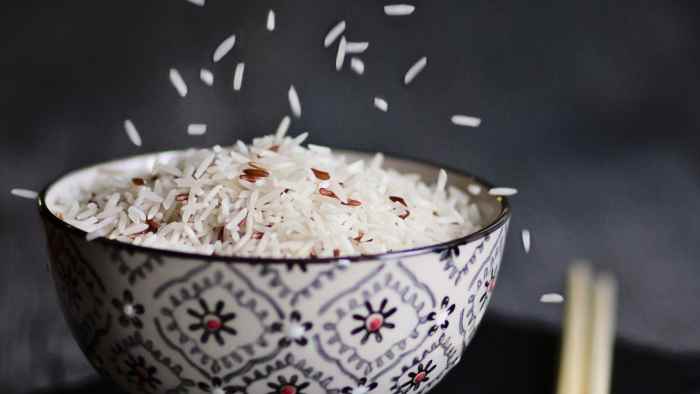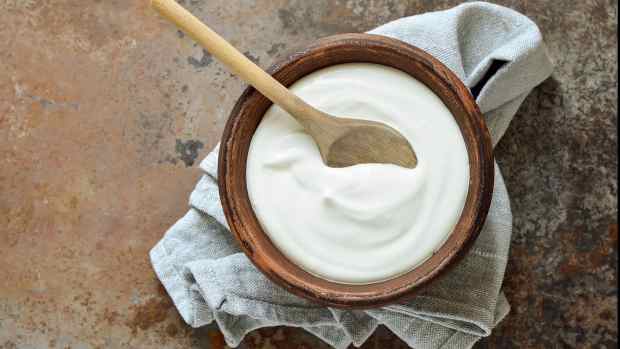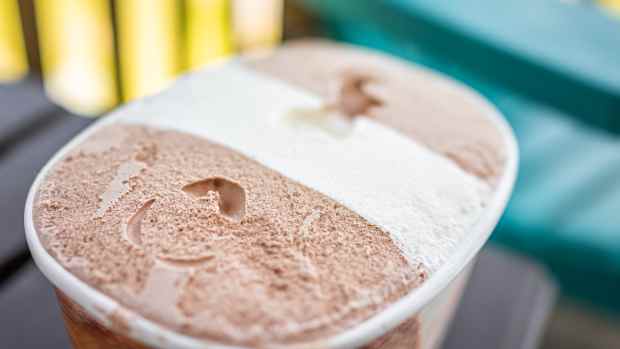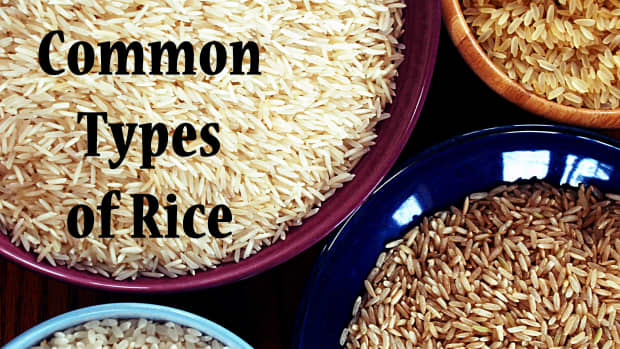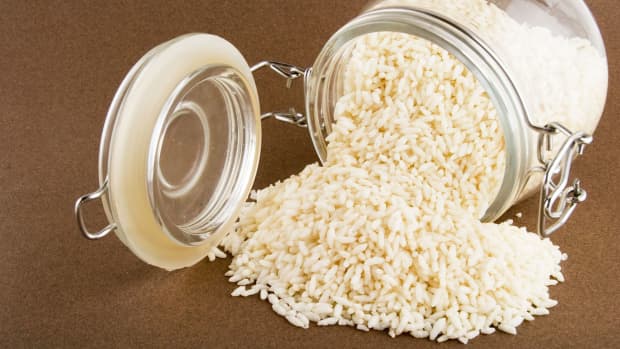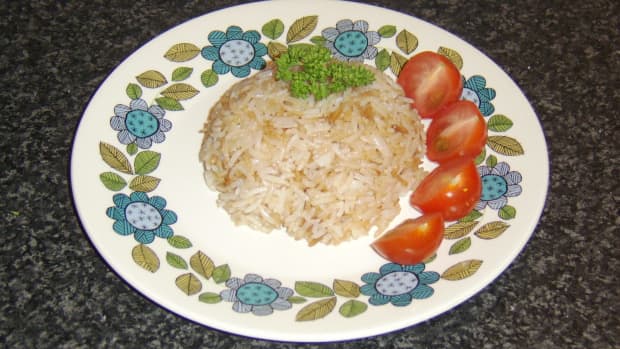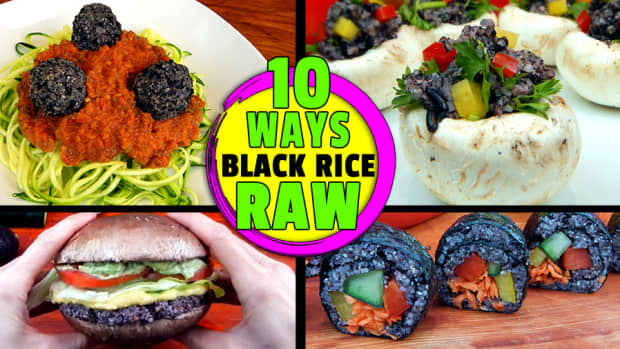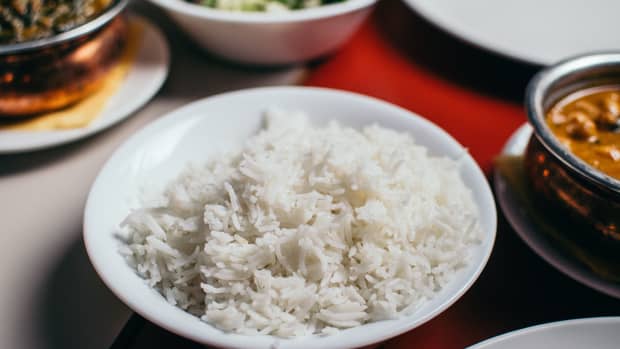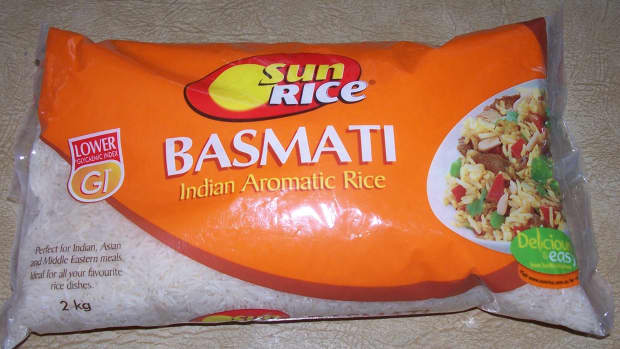10 Types of Rice and How They Differ
Rice is a staple food in many parts of the world. It's also one of the oldest cultivated grains, with records showing that rice was grown in China as early as 7000 BC—and probably even earlier than that!
Rice comes in many varieties and colors, each with a unique flavor and texture. In this article, we'll look at how rice is made and why there are so many types out there.
1. White Rice
White rice is the most common type of rice, and you probably have a package of it hiding in your cabinet. It's usually the first choice for people new to cooking. White rice has a mild flavor, but some varieties can be fragrant. It also has a starchy texture and tends to be drier than brown rice or other types of whole-grain rice.
While brown rice contains all parts of the grain, white rice is processed to remove its outer layers, before being polished down into white grains. This process gives it its distinctively bland taste and texture (similarly, brown rice still has these outer layers intact).
Because this process strips nutrients along with the bran layer that provides so much of its nutritional value, many varieties of white rice have vitamins and minerals added back in after processing—this is called "enriched" or "fortified" white rice. Many people prefer enriched versions because they provide more nutrients than plain white rice does.
White rice is typically fortified with vitamins and minerals, such as iron, folic acid, B-complex vitamins, vitamin A, and zinc. This fortification is compulsory in some countries and helps improve its nutritional value. White rice is a good source of carbohydrates, but can also cause blood sugar spikes, making it not as friendly to diabetics.
2. Basmati Rice
Basmati comes from the foothills of the Himalayas, where it grows most prolifically. However—and here's another sign that shows you know what you're doing—you may find this type of grain in your local grocery store or at an Indian market. Basmati is a long-grain rice, which means its grains are long and slender.
It's known for its aromatic flavor and nutty taste, and it's commonly used in pilafs and biryanis. One of the best ways to tell if a rice is basmati is by checking the grains: they're not sticky like other rice but tend to break apart easily when cooked al dente (still firm).
3. Glutinous Rice
Glutinous rice is a type of sweet rice that has a sticky texture when you cook it. It's popular in Asian countries, where several names know it, including sweet rice, sticky rice, and pearl rice. This type of rice needs to be cooked longer than other types of rice because its starch content is higher. This also makes it less blood sugar friendly. You can also buy glutinous rice flour, which is made from either long-grain or short-grain sweet white rice.
4. Instant Rice
Instant rice is the fastest to cook, and because it comes in a packaged form ready to eat (unlike regular rice), it’s great for last-minute meals. You can use instant rice in stir-fries and fried rice dishes, though it's best suited for simple recipes that don't require more than adding water and heat. It’s also popular as an ingredient in desserts, such as dessert puddings or Krispie treats.
However, instant rice tends to be more expensive than other types of uncooked rice because of its convenience. Manufacturers need only add water before cooking this type of product, instead of having to first wash and then cook the product to make it edible.
5. Jasmine Rice
Jasmine rice is a long-grain Thai rice that’s often used in Asian cooking. Jasmine rice is named after the jasmine flower and grows in large rice fields in Thailand, Cambodia, Laos, and southern Vietnam,
It has an aroma and flavor like basmati, but the grains are shorter and plumper than basmati. It’s popular in Thailand, as it’s moist and tender due to its higher content of amylopectin, a sticky starch.
Jasmine rice is a popular choice for stir-fries, salads, risotto, and other dishes where you want your rice to take on some flavors from other ingredients in the dish.
6. Parboiled Rice
Parboiled rice is a type of milled rice partially cooked before being dried. It is also known as "unpolished white rice" or "milled white rice." The parboiling process involves soaking the raw brown rice in water and then boiling it for up to 15 minutes. The water is then drained away and rinsed off with clean water, which removes any excess starch from the grain.
After drying, the grains are sorted into grades based on size: long grain, medium grain, and short grain—or "paddy" (unhulled), semi-hulled, or fully hulled—respectively.
7. Brown Rice
Brown rice is a whole grain, meaning it hasn’t been processed to remove the bran and germ (which contain fiber, B vitamins, protein, and minerals). The bran alone has more fiber than any other food. A one-cup serving of cooked brown rice contains six grams of fiber. It’s also an excellent source of manganese, phosphorus, iron, potassium, and magnesium. Brown rice is an important source of plant-based protein for vegetarians or vegans who don't eat meat or dairy products like milk and yogurt.
8. Red Rice
Red rice is not a type of rice, but rather a color. It gets its name from the presence of anthocyanins, which are flavonoids found in certain plants like blueberries and blackberries. Anthocyanins have antioxidant properties and may help lower the risk of heart disease and cancer, although more research is needed. Black and red rice are popular with health-conscious people due to their antioxidant content. It goes well with hearty foods like meat, and it has a nutty, chewy texture.
9. Black Rice
Black rice is a variety of rice that has been hulled and polished to give it a black color. Black rice has a nutty flavor, chewy texture, and is delightful in a variety of recipes, as a substitute for white or brown rice.
It also has more fiber and protein than other varieties such as red, brown, or white rice. What makes it distinctive is its higher antioxidant content. Black rice has a higher antioxidant content than even red rice.
Antioxidants are substances found naturally within plants that help protect them from damaging free radicals—which can cause cancer cells or other diseases if they accumulate inside the body over time. When you cook it, black rice may turn purple, so don’t be surprised!
10. Wild Rice
Wild rice is technically not a true rice, but rather the seed of an aquatic grass that grows in lakes and streams of North America. Wild rice has a nutty flavor and chewy texture when you cook it. It’s popular inside dishes, soups, salads, or as a substitute for regular white rice.
Enjoy the Many Types of Rice
As you can see, there are many types of rice, each of which has unique characteristics and uses. Every type as its own unique flavor, texture, and uses. By exploring the different varieties, you can expand your cooking repertoire and bring different types of dishes to your table.
References
- Executive Summary. Nih.gov. Published 2018. Accessed January 26, 2023. https://www.ncbi.nlm.nih.gov/books/NBK531766/#:~:text=Rice%20kernels%20can%20be%20fortified,are%20used%20for%20fortification%20purposes.
- Kubala J. Is Brown Rice Good for You? Healthline. Published May 23, 2018. Accessed January 26, 2023. https://www.healthline.com/nutrition/is-brown-rice-good-for-you
- https://safeselect.ph/blogs/kitchen-guides-blogs/brown-vs-red-vs-black-rice


